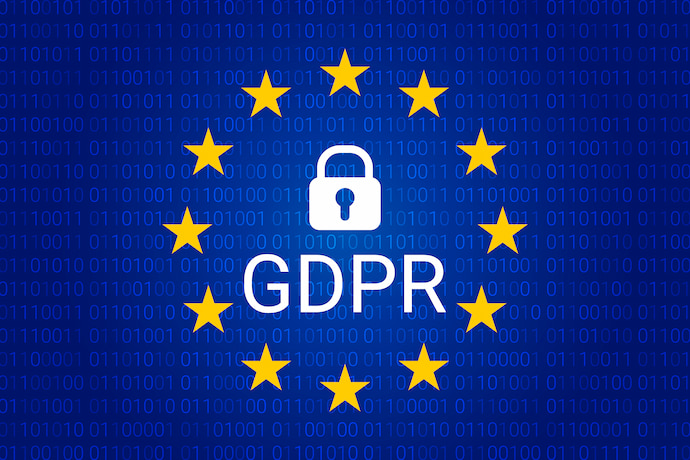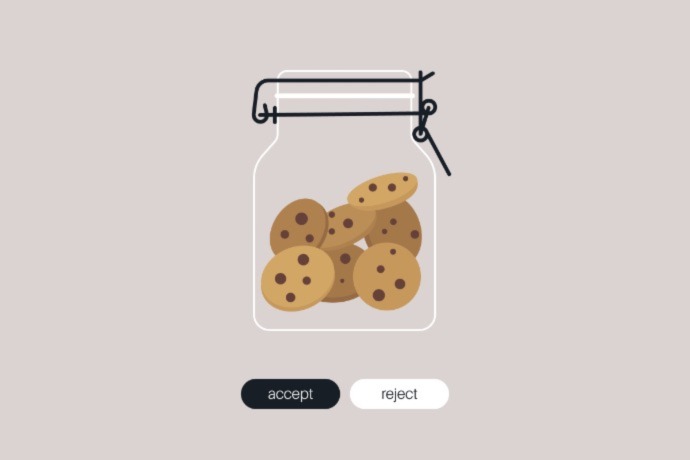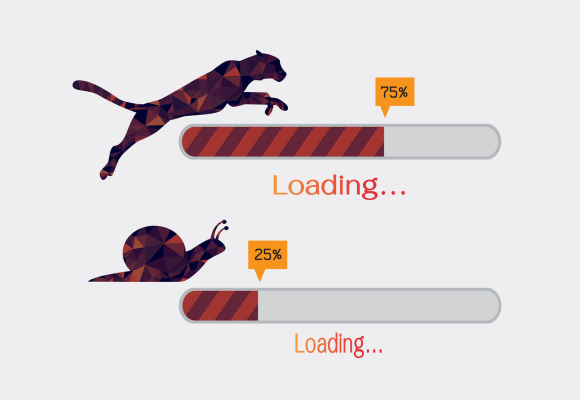July 31, 2023
The General Data Protection Regulation (GDPR) is a comprehensive set of regulations designed to safeguard personal data and ensure individuals have control over their information. In this blog, we will delve into the key aspects of GDPR compliance, including its scope, the importance of data protection, and its relationship with other regulations like CCPA.
What is GDPR Compliance?

GDPR compliance refers to adhering to the rules and requirements outlined in the General Data Protection Regulation. Enforced by the European Union (EU), GDPR aims to protect the privacy and rights of individuals by governing the processing and handling of their personal data. It applies to organizations that collect, store, or process personal data of individuals residing in the EU, regardless of the company's location. GDPR compliance is crucial for businesses as non-compliance can result in hefty fines and reputational damage.
It grants individuals rights to access, rectify, and delete their personal data. Personal data under GDPR includes any information that can identify a person, such as names, email addresses, and IP addresses.
GDPR Compliance Checklist
To ensure your business is GDPR compliant, it's essential to follow a comprehensive checklist.
-
Data Mapping: Understand the flow of personal data within your organization and map it.
-
Lawful Basis: Identify the lawful basis for processing personal data and ensure it falls under GDPR requirements.
-
Consent Management: Implement steps to obtain valid consent from individuals for data processing.
-
Data Subject Rights: Establish processes to deal with data subject requests, such as access, erasure, and portability.
-
Data Breach Response: Develop an incident response plan to promptly address data breaches.
-
Data Protection Impact Assessments: Conduct assessments to identify privacy risks.
-
Privacy by Design: Integrate privacy measures into your systems.
-
Data Transfer: Ensure that any transfer of personal data outside the EU adheres to the appropriate requirements.
GDPR Data Protection

At the heart of GDPR compliance is the protection of personal data. The regulation defines personal data as any information that can directly or indirectly identify an individual, such as names, addresses, email addresses, or IP addresses.
To comply with GDPR, organizations must implement technical and organizational measures to safeguard personal data from unauthorized access, loss, or disclosure. This includes employing encryption, access controls, regular security assessments, and staff training on data protection practices.
GDPR applies to all 27 member states of the European Union, including Austria, Belgium, France, Germany, Italy, Spain, and the United Kingdom, among others. It also extends its reach to organizations located outside the EU if they process personal data of individuals residing within the EU.
What Does CCPA Stand For?
CCPA stands for the California Consumer Privacy Act. Enacted in 2018, CCPA grants California residents certain rights over their personal information, including the right to know what data is collected and how it is used, the right to opt out of the sale of their data, and the right to request the deletion of their information.
GDPR and CCPA
GDPR and the California Consumer Privacy Act (CCPA) share similar goals in protecting individual privacy rights and regulating data handling practices. While GDPR focuses on the EU and its citizens, CCPA applies to businesses that collect personal information from California residents. Although there are some differences between the two regulations, both emphasize transparency, data subject rights, and accountability.
GDPR and CCPA Cookie Consent

Under the CCPA, companies can use cookies on their website but must inform visitors about how their data is collected and used. They need to provide an option to opt out of cookies and explain how to do so. While a separate cookie policy is not required, companies must include cookie-related information in their privacy policy.
The GDPR restricts the use of cookies unless they are necessary for a website's functionality. Non-essential cookies can only be used if visitors actively give their consent, and they have the right to withdraw that consent at any time. Visitors can also request the deletion of any cookie-related data associated with them.
The elimination of third-party cookies is seen by some digital marketers as an even more significant change to the online landscape than the introduction of GDPR and CCPA. Companies are now more strongly motivated to improve their cybersecurity and data protection policies because they face harsh penalties if they don't comply.
CCPA to CPRA
In 2022, The CCPA was amended in several major ways, creating the new California Privacy Rights Act, or CPRA. Users now have the right to request the correction of inaccurate personally identifiable information (PII) and sensitive personal data, while California residents have the right to opt out of profiling. Penalties are imposed on organizations sharing the personal information of minors without consent, and consumers can request a retrospective view of their personal data collected within the last 12 months.


